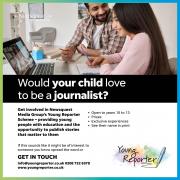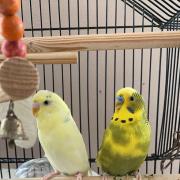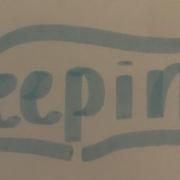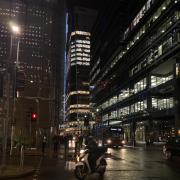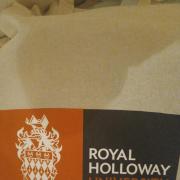
“America is a diverse country made of people from all ethnic backgrounds, cultures and lifestyles. Fashion is one of the few industries that touches all lives in some way. Yet, the fashion industry has so far struggled to reflect the country’s diversity in its workforce across all levels.” - CFDA and PVH Corp
In recent years, it has seemed like diversity within the fashion industry has somewhat improved, with an increasing amount of models of colour emerging on the catwalks and gracing magazine covers. For example in the 2019 Spring New York Fashion Week, 44.8 percent of runway models were women of colour.
Models are the faces of brands, brands which are everywhere - all around us - in adverts, online, on billboards, even on the tube, that have the power to really impact and influence the onlooker, either positively or negatively. It is therefore essential that the diversity of these brands mirror and reflect the diversity of their buyers, and the world we live in today.
However, though important, models are just a small portion of the vast roles within the fashion industry. It is in the work behind the scenes that brands are most failing to fulfill the essential and necessary need for diversity.
In January 2019, the Council of Fashion Designers of America , alongside PVH Corp., criticised the fashion industry's lack of diversity, across all workforces, and inability to achieve or identify the need for inclusion.
Stating - “If diversity is the thread, then inclusion is the needle. An organization that wants to reap the benefits of Inclusion and Diversity requires skilled leaders to pull the needle of inclusion through the fashion system.”
While diversity is visibly improving, the industry is failing to prioritize and apply this same diversity to the business aspect of fashion in senior roles such as chief executives, magazine editors, senior designers, heads of fashion houses etc...
Erica Lovett - manger of inclusion & community at Conde Nast said - “There is a lack of opportunity and access for people of underrepresented backgrounds in the fashion industry. It’s a systemic issue tied to the homogeneity of industry leadership. Until fashion leaders across all categories become more diverse, we will continue to only progress at the surface level.”
Ghanaian-born editor-in-chief of British Vogue - Edward Enninful - commented “Diversity for me is not just about skin color but of perspectives. It should be part of the language of the magazine always. That’s just what the world is.”
Despite the issues the fashion industry continues to have, it is absolutely exceptional that people such as Enninful are in the position where they can truly help shape and influence the fashion industry for the better. After taking charge of the renowned publication in 2017, Enninful positioned ‘diversity of perspective’ as a foundational element of Vogue, and has since globally impacted the industry with his vision.
As well as Enninful, Rihanna's recent development of her brands: Fenty beauty, Savage X Fenty and Fenty, have also encapsulated diversity and inclusion, something which not only the fashion, but also the cosmetic industry is missing, creating a huge splash in both fields.
Her cosmetic brand, Fenty beauty, first launched with a line of 50 foundation shades, covering all skin tones and complexions, leaving no one out.
Rihanna's drive for diversity can be seen throughout all her brands, from Fenty beauty’s inclusive products and advertising campaigns, to the wide range of sizes offered at her lingerie brand, and even using curvy mannequins in her luxury clothing store. Rihanna - originally from Barbados - is another example of why senior roles within the fashion industry must be diverse. Because of her own struggles and experiences she has gone through as a woman of colour, she is aware of issues that both the fashion and cosmetic industry have when it comes to inclusivity, and is able to rid of these problems within her own brand, authentically and genuinely.
Both Rihannah and Edward Enninful are beaming examples for the greatness produced when people of colour are given high roles within the fashion industry.
Hopefully over the new year and new decade there will be further achievements and progress for diversity and inclusivity in the fashion industry.
By Leilani Champagnie









